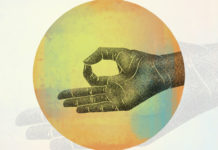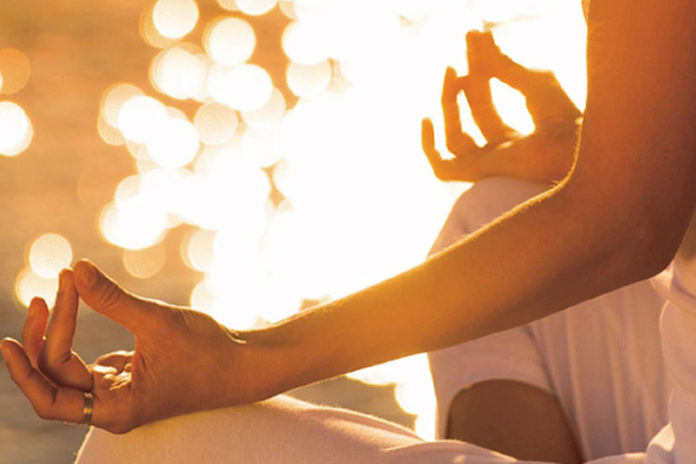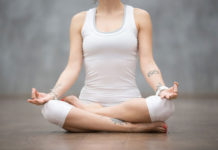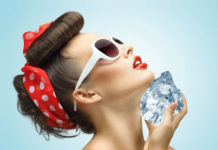Affiliate Disclaimer
Some links in this article are affiliate links. We may earn a small commission if you make a purchase through these links, at no extra cost to you. We only recommend products we find useful to our readersWhat Is Meditation?
In an exquisite methodology that exists in the tradition of yoga, which is designed to reveal the inter-connection of every living thing. This type of fundamental unity can also be referred as advaita. Meditation is actually the experience of this type of union.
By definition, “meditation” basically means to reflect upon, ponder on, or to contemplate. Sometimes, it can also denote to a devotional exercise of contemplation or even a contemplative discourse of religious or even philosophical nature. The word “meditate” comes from the Latin word “meditari”, which simplifies to think about or even to consider. The root of this word is “Med” is and means “to take an appropriate measure.”
In the context of yoga, meditation, or ‘dhyana’, is defined as a state of pure consciousness. In the yogic path, the limb follows the ‘dharana’, the art of concentration. ‘Dhyana’ in turn precedes the ‘samadhi’, a state of final liberation or enlightenment. These three limbs of ‘dharana’ or concentration, ‘dhyana’ or meditation, and ‘samadhi’ or ecstasy are linked and is also collectively referred as ’samyama’, or the inner practice, of the yogic path.

When we are concentrating, we basically direct our mind toward what appears to be in an object apart from ourselves. We try to become more acquainted with the object and establish contact. To shift in the realm of meditation, we need to be involved with the object; as well as we need to communicate with it. The result of its exchange, is the deep awareness that there are no difference between us and to which we can concentrate or sometimes even meditate upon the object. This meditation brings us to the state of ‘samadhi’, or even self-realization.
Nauli Kriya For Abdomen Health And Perfect Curves (Read Here)
According to Yoga Sutra, our pain as well as suffering is basically created with the misperception, that we are all separate from the mother nature. The realization that we are not separated can be experienced without much effort. However, many of us need the guidance. Patanjali’s eight-limbed system also provide us with the framework that we need.
Meditation For Health
5 Different Ways to Meditate
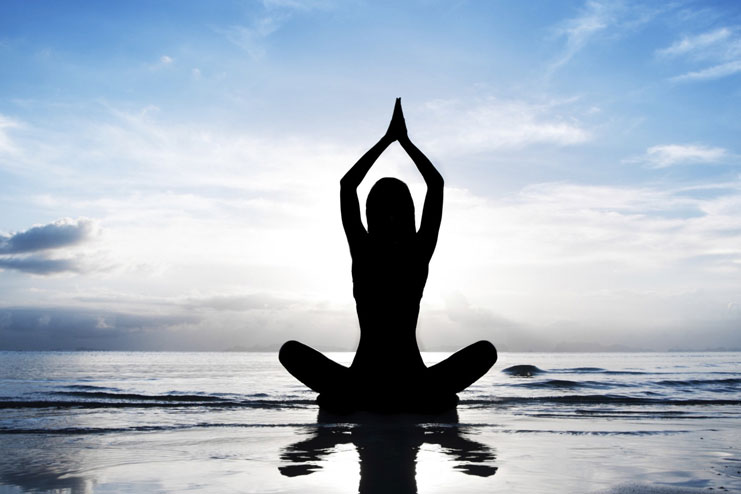
The Use of Sound
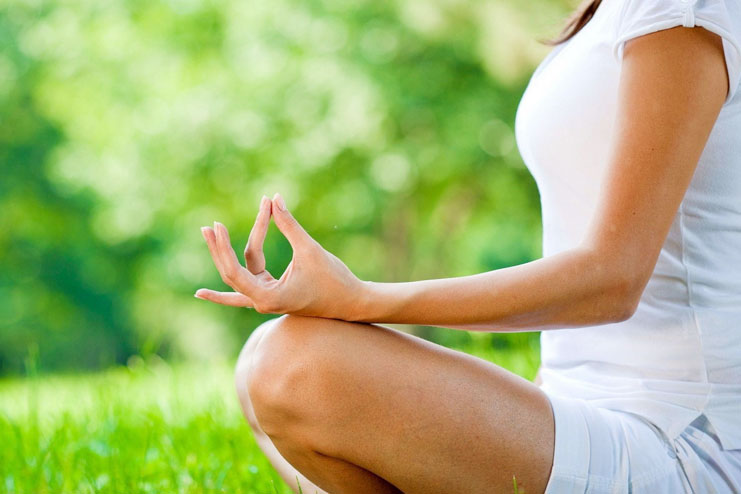
Chanting, is an extension of mantra yoga, and is also a powerful way to enter in meditation. Chanting is longer than a mantra, and it involves both the rhythm as well as pitch. Dating back to the Vedic times, chanting comes out from the tradition which believes in creating the power of sound and its potential way to transport us to a state of awareness. The rishis, taught that the creation is the manifestation of primordial sound ‘Om’. Which is reflected in the interpretation of the word universe “one song”— ‘Om’ is basically the seed sound of all the other sounds. Chanting often as well as properly can produce a profound spiritual and physical effect.
Many people found that by using a mantra in the meditation very effective as well as relatively pretty easy. Chanting, can sometimes be intimidating for some people. Although chanting can be powerful, reciting a prayer or the affirmation in any of the language can as well be effective.
The Use of Imagery
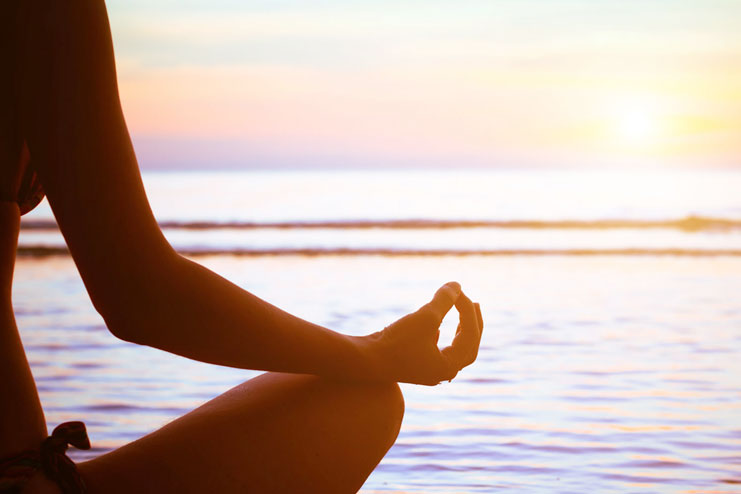
Neti For Respiratory Problems (Read Here)
Gazing
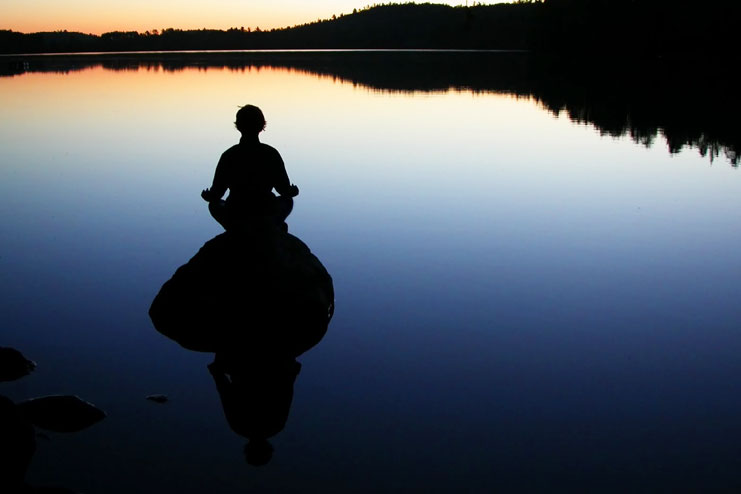
You can use this technique with the eyes fully opened, and creating a softer, as well as diffused gaze. Many of the hatha yoga poses have the gazing points, and also use drishti is specially emphasized ‘Ashtanga’ style of hatha yoga. Many number of pranayama techniques, also go for a specific positioning of your eyes, such as the gazing of “third eye,” that is, the point between eyebrows or the tip of the nose.
Breathing
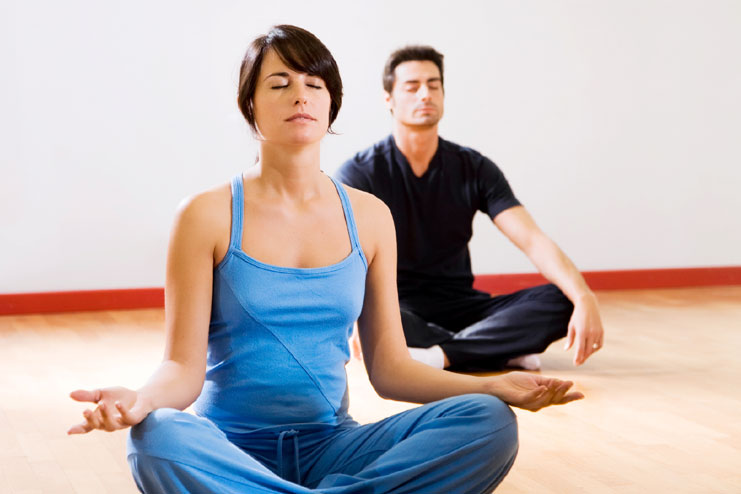
Breath observance is a predominant technique, that is, used by practitioners of the ‘vipassana’, or who are commonly referred as “insight” or “mindfulness” meditation. The word ‘vipassana’, literally means “to see clearly” or “to look deeply,” is interpreted to mean “the place where the heart dwells,” and reflects the premise that our thought arises out from our hearts.
Physical Sensations
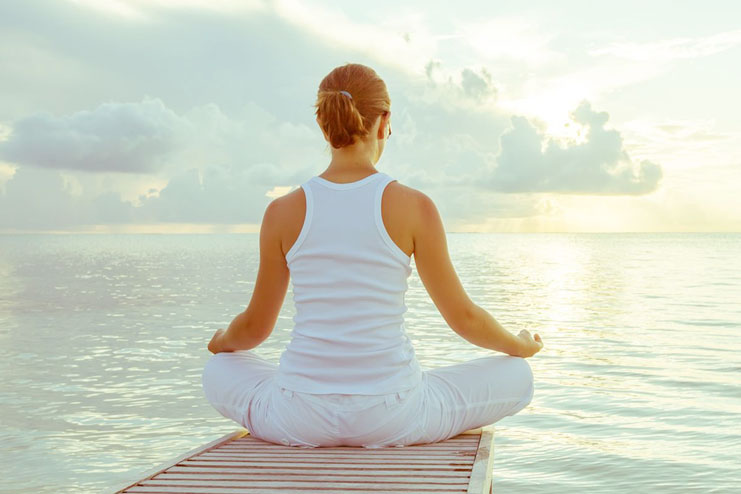
Observing a particular emotion or a specific area of the discomfort can also be the possibility. Whatever you are choosing just try to remains your point of focus on the whole practice. You can find that by observing a physical sensation sometimes can be more challenging than observing the breath. For most of the beginners, mantras, chants, as well as visualizations offer a more tangible way to replace or calm the scattered thoughts in our minds, which may seem to be perpetually on the sensory overload.
The Benefits of Meditation
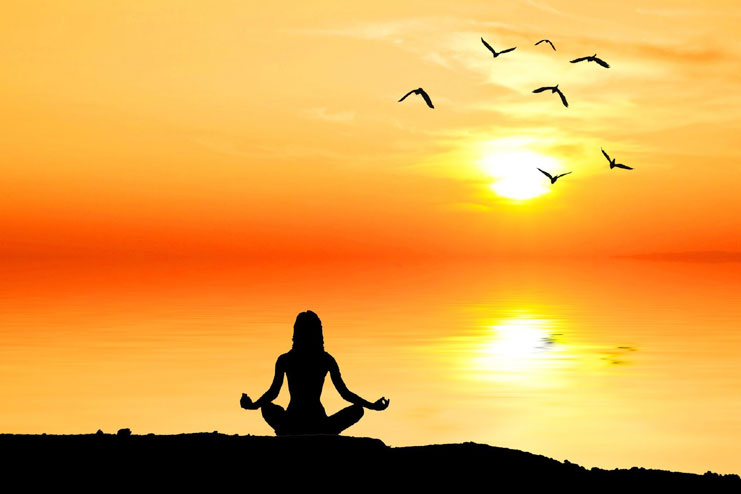
Meditators have decreased the perspiration as well as a slower rate of respiration that is accompanied by the decrease of metabolic wastes in your bloodstream. The health benefits of meditation can produce naturally the reflect of the mental as well as physical effects of the process. Meditation can teach you on how to manage the stress; by reducing stress and in turn enhance the overall physical health as well as emotional well-being. On a more deeper level, it can add in to the quality of the life by teaching to be fully of alert, aware, and alive. In short, it is the celebration of your self.
Pranayama For Proper Breathing (Read Here)













